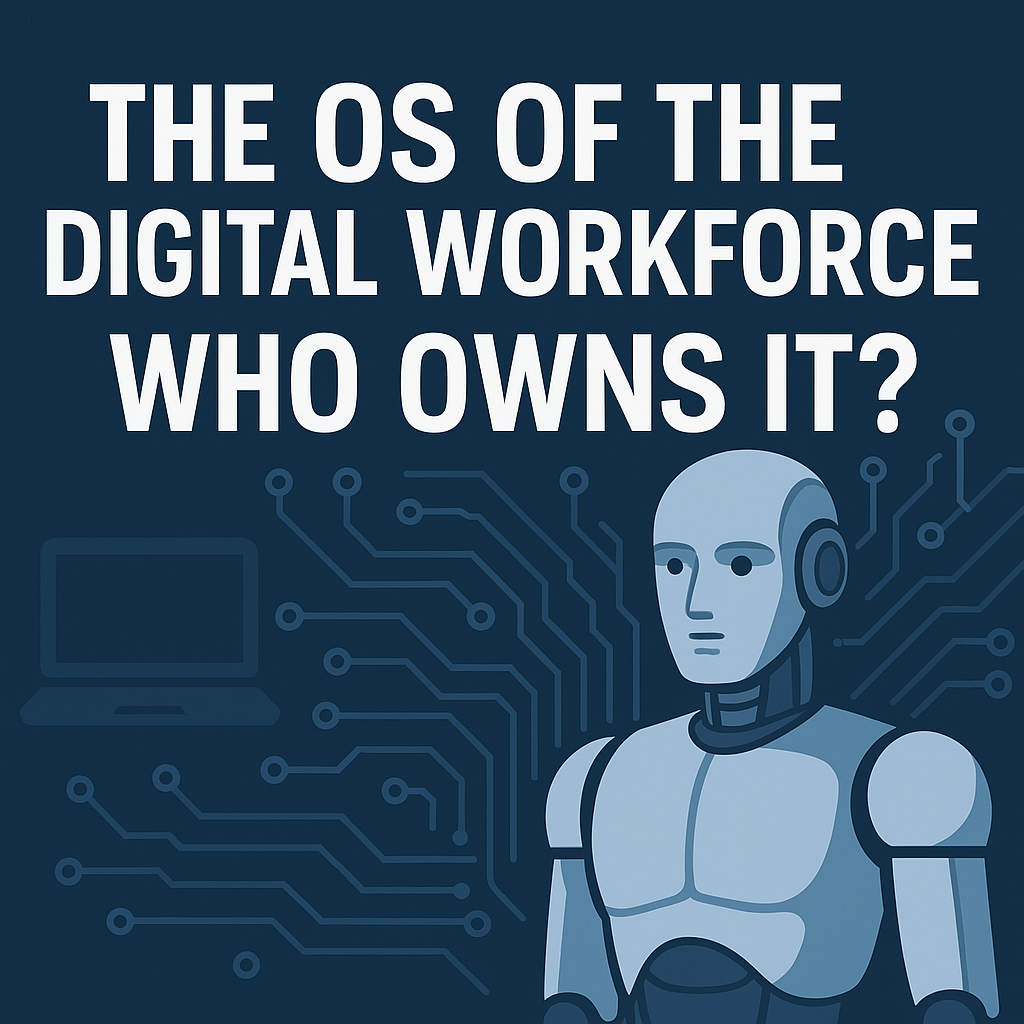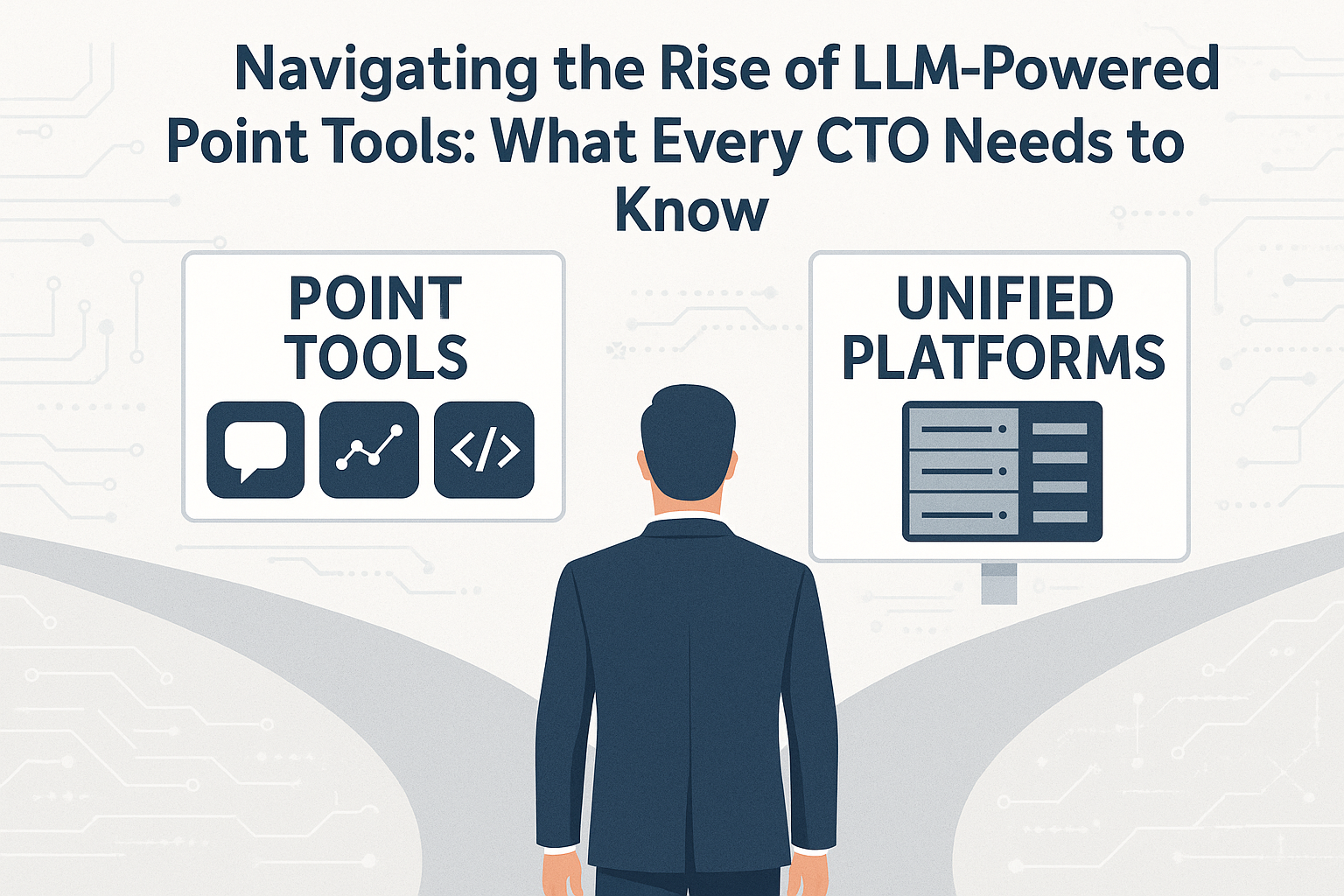The AI Delivery Gap: Why Enterprise Platforms Are Failing Platform Teams
I’ve recently engaged with leading AI platform teams—AWS, Google Cloud, Dell, and others. Their infrastructure is cutting-edge. Their tooling is powerful. Their innovation stories are compelling.
But there’s a critical, frustrating disconnect:
Enterprise AI platforms consistently fail to empower platform teams to deliver AI to developers at scale.
We’ve optimized these platforms for experimentation—model training, tuning, and research workflows—but not for delivery, governance, or developer enablement. And that gap is significantly slowing down meaningful enterprise adoption of AI.
The AI Platform Maturity Mirage
At first glance, these AI platforms appear mature:
-
Distributed training and fine-tuning? Yes.
-
State-of-the-art inference infrastructure? Absolutely.
-
Model monitoring? Occasionally.
-
Developer experience layers? Some progress.
But when I ask enterprise platform teams,
“Can your developers self-serve AI capabilities like they do with databases or APIs?”
the answer is almost always a firm no.
Because the real work of getting AI into production doesn’t happen in notebooks or model registries. It happens in the delivery pipelines, policy controls, and service frameworks that platform teams own.
And right now, those teams are stitching together brittle workflows with duct tape and YAML.
Still Treating AI Like a Science Project
We’re stuck in a hangover from AI’s R&D roots.
Yes, training loops and parameter sweeps matter. But enterprise adoption doesn’t hinge on building better models—it hinges on delivering those models as reliable, observable, policy-compliant services that developers can consume.
This is where AI becomes a platform engineering problem.
Yet platform engineers—who are experts at scaling systems, managing CI/CD workflows, and enforcing security boundaries—are being handed stacks designed for researchers, not production teams.
The result?
-
Duct-tape deployments
-
Unmonitored inference endpoints
-
Undefined access controls
-
No usage visibility across teams
That’s not scalable—and it’s certainly not sustainable.
The Irony: We’ve Solved This Before
We already know how to enable platform teams. We’ve done it in traditional software.
The rise of internal developer platforms (IDPs) showed us what “good” looks like:
-
Self-service environments
-
Golden paths
-
Policy-enforced workflows
-
Clear ownership boundaries
Many of today’s AI platform vendors helped pioneer those practices in the DevOps world.
So why are we back to square one when it comes to AI?
Why isn’t anyone building a “Heroku-for-LLMs”—a simple, opinionated path to deployment?
Why do developers have to navigate six teams and four disconnected toolsets just to integrate a basic classifier?
Why can’t platform engineers provision a policy-compliant inference endpoint with built-in observability the same way they would a database or message queue?
Recommendations for Bridging the AI Delivery Gap
To move beyond “duct-tape deployments,” here are practical steps organizations should consider immediately:
1. Adopt a ModelOps Framework
Establish standardized AI delivery pipelines by integrating model management and deployment tools such as MLflow, Kubeflow, or Seldon with your existing CI/CD systems.
2. Invest in Self-Service AI Capabilities
Choose platforms and tools that offer developer-friendly APIs and self-service environments. This reduces dependency on your platform teams for routine AI integration tasks.
3. Integrate AI Platforms with Existing IDPs
Ensure AI tooling connects seamlessly with your internal developer platforms like Backstage, Crossplane, or Terraform. Leverage existing golden paths and policy frameworks to maintain consistency and governance.
4. Focus on Observability, Governance, and Usage Transparency
Prioritize implementation of tools for usage metering, cost allocation, model monitoring, and policy enforcement. Consider policy-as-code solutions such as Open Policy Agent (OPA) to enforce AI-specific controls.
5. Evaluate Emerging AI-Native Solutions
Consider platforms like Hugging Face (Enterprise Hub), Run:AI, or OctoML, which offer more opinionated, end-to-end workflows. Validate these solutions carefully against your enterprise governance, integration, and operational needs.
Read more: For a deeper dive into practical strategies your organization can adopt to bridge this AI delivery gap, see my companion Substack post:
Bridging the AI Delivery Gap: Practical Recommendations for Platform Teams.
Platform Teams Are the Real AI Enablers
If your enterprise is serious about GenAI adoption, your bottleneck probably isn’t a lack of GPUs or foundation models.
It’s a lack of enablement.
Platform teams are the connective tissue between infrastructure and innovation. They make it possible for hundreds of developers to move fast without breaking things.
If your AI platform doesn’t serve platform engineers first, it won’t scale beyond pilot projects.
And if you don’t solve this now, someone else will—most likely a startup that builds an opinionated, end-to-end delivery platform.
The One Question Every AI Platform Team Should Be Asking
If you’re building—or buying—an AI platform, ask yourself this:
Does this empower platform teams to deliver AI to developers at scale?
If not, you’re not investing in an AI platform. You’re funding a science experiment.
Let’s stop treating AI as a research problem. It’s a delivery problem now—and the people who solve delivery problems are your platform teams.
Share This Story, Choose Your Platform!

Keith Townsend is a seasoned technology leader and Founder of The Advisor Bench, specializing in IT infrastructure, cloud technologies, and AI. With expertise spanning cloud, virtualization, networking, and storage, Keith has been a trusted partner in transforming IT operations across industries, including pharmaceuticals, manufacturing, government, software, and financial services.
Keith’s career highlights include leading global initiatives to consolidate multiple data centers, unify disparate IT operations, and modernize mission-critical platforms for “three-letter” federal agencies. His ability to align complex technology solutions with business objectives has made him a sought-after advisor for organizations navigating digital transformation.
A recognized voice in the industry, Keith combines his deep infrastructure knowledge with AI expertise to help enterprises integrate machine learning and AI-driven solutions into their IT strategies. His leadership has extended to designing scalable architectures that support advanced analytics and automation, empowering businesses to unlock new efficiencies and capabilities.
Whether guiding data center modernization, deploying AI solutions, or advising on cloud strategies, Keith brings a unique blend of technical depth and strategic insight to every project.




